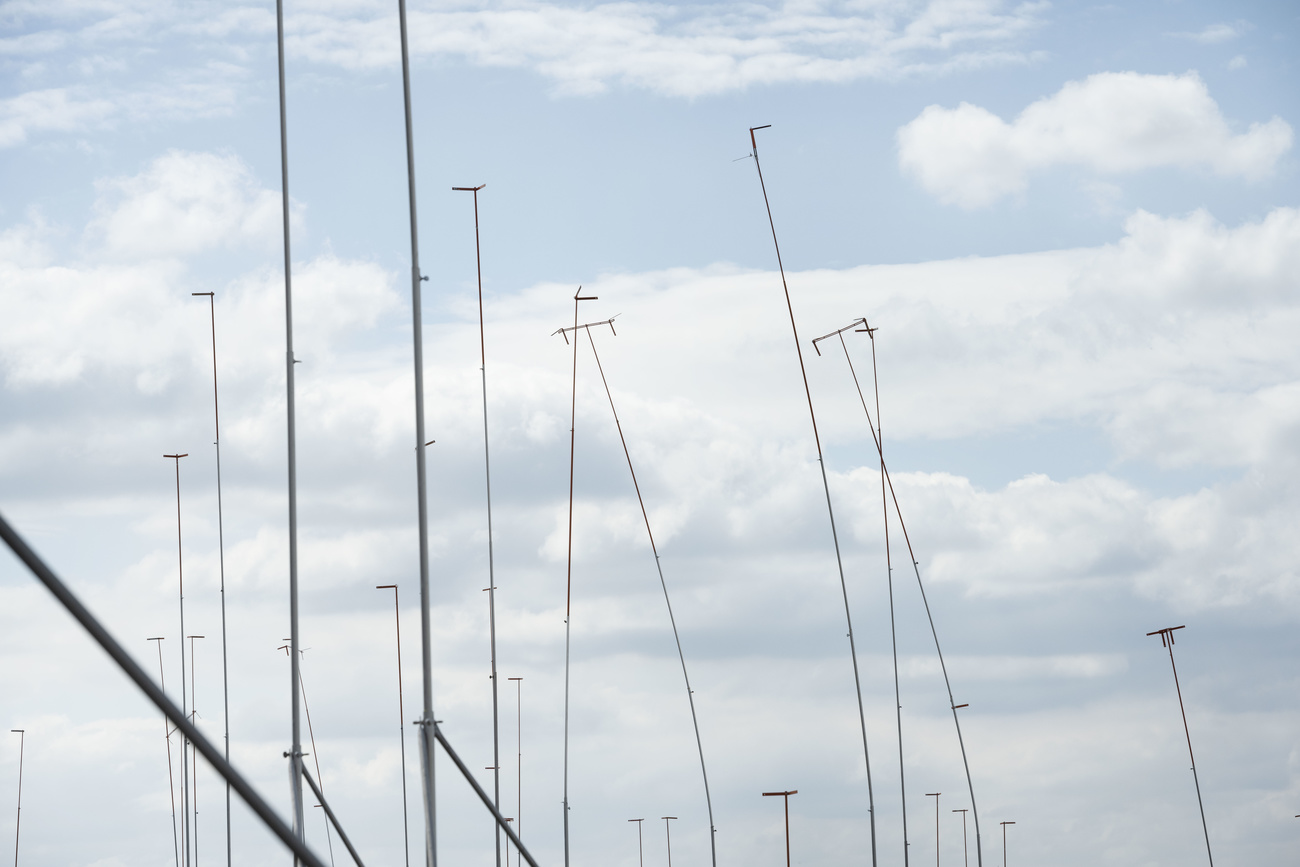New device helps predict avalanche danger

Swiss-based scientists have developed a unique electronic probe that promises to revolutionise the way climbers, skiers and walkers predict avalanches.
The probe is a telescopic metal device, similar to a car antenna, which is pushed into snow to measure the density of the snow pack underfoot.
Snow density is a key indicator of how deadly a particular slope is. The most common way to check a slope is to dig a metre-deep snow trench to inspect the layers of snow.
Avalanches are particularly likely if light layers of snow sit atop coarse granular snow.
More than 150 people are killed every year by avalanches, which can be notoriously difficult to predict, even by experts.
The new probe – which is being developed by the Davos-based Swiss Federal Institute for Snow and Avalanche Research – will allow ski guides to assess avalanche risks in minutes.
Known as a “micropenetrometer”, the probe is driven into the snow at a rate of two centimetres a second.
Digging a snow trench, by contrast, can take up to half an hour or more.
Detailed readings
Martin Schneebeli, from the Davos-based institute, says the device is particularly promising because it generates highly detailed readings of snow density.
“[With the probe] you can do more measurements and put them in a computer, and from that we hope to get better information…and then maybe save lives,” Schneebeli told swissinfo.
While Schneebeli believes the probes could be of use to mountain and ski guides, the device is more likely to be used in the compilation of better avalanche bulletins by weather services.
“You always need several measurements from locations [for accurate predictions],” he says.
The research centre is currently testing the device in the United States, India and Austria.
swissinfo, Jacob Greber

In compliance with the JTI standards
More: SWI swissinfo.ch certified by the Journalism Trust Initiative








You can find an overview of ongoing debates with our journalists here . Please join us!
If you want to start a conversation about a topic raised in this article or want to report factual errors, email us at english@swissinfo.ch.